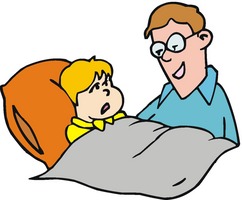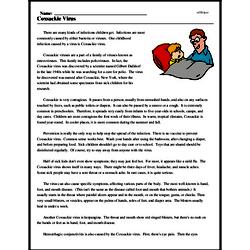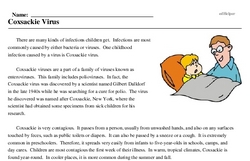Coxsackie Virus
There are many kinds of infections children get. Infections are most commonly caused by either bacteria or viruses. One childhood infection caused by a virus is Coxsackie virus.
Coxsackie viruses are a part of a family of viruses known as enteroviruses. This family includes polioviruses. In fact, the Coxsackie virus was discovered by a scientist named Gilbert Dalldorf in the late 1940s while he was searching for a cure for polio. The virus he discovered was named after Coxsackie, New York, where the scientist had obtained some specimens from sick children for his research.
Coxsackie is very contagious. It passes from a person, usually from unwashed hands, and also on any surfaces touched by feces, such as public toilets or diapers. It can also be passed by a sneeze or a cough. It is extremely common in preschoolers. Therefore, it spreads very easily from infants to five-year-olds in schools, camps, and day cares. Children are most contagious the first week of their illness. In warm, tropical climates, Coxsackie is found year-round. In cooler places, it is more common during the summer and fall.
Prevention is really the only way to help stop the spread of the infection. There is no vaccine to prevent Coxsackie virus. Common sense works best. Wash your hands after using the bathroom, after changing a diaper, and before preparing food. Sick children shouldn't go to day care or to school. Toys that are shared should be disinfected regularly. Of course, try to stay away from anyone with the virus.




